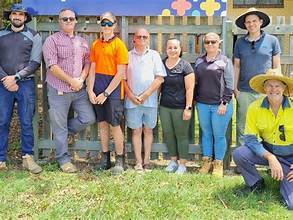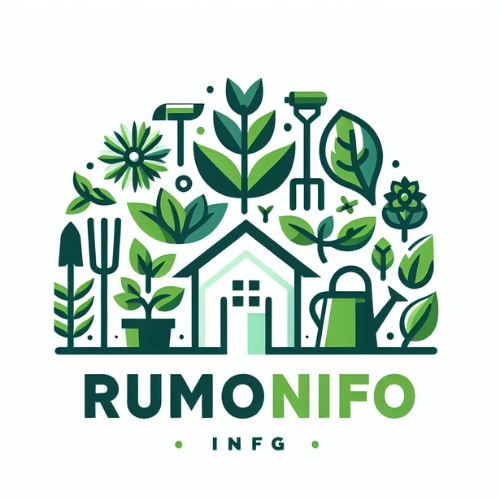
In recent years, rural communities across the globe have experienced significant transformations, largely due to innovative funding programs designed to stimulate economic growth, improve infrastructure, and enhance the quality of life. This article delves into how these new funding initiatives are reshaping rural areas, focusing on their impacts and the key elements that make them effective.
The Rise of New Funding Programs
Traditional funding mechanisms for rural development often fell short, plagued by inefficiencies and a lack of targeted impact. However, the advent of new funding programs has brought a fresh approach to addressing the unique challenges faced by rural communities. These programs, driven by both public and private sectors, are tailored to meet the specific needs of rural areas, offering a range of financial supports from grants and loans to tax incentives and investment opportunities.
Key Features of Effective Funding Programs
- Targeted Financial Assistance
New funding programs often focus on specific areas within rural development, such as agriculture, infrastructure, and education. By providing targeted financial assistance, these programs can address particular needs and create more significant impacts. For example, grants for sustainable farming practices can help increase crop yields and promote environmental conservation.
- Public-Private Partnerships
Many successful funding programs leverage partnerships between government agencies and private entities. These collaborations combine resources, expertise, and innovation, leading to more comprehensive and effective solutions. For instance, a public-private partnership might fund the construction of a rural broadband network, enhancing internet access and boosting local economies.
- Community Involvement
Engaging local communities in the planning and implementation of funding programs is crucial. Programs that incorporate input from community members are more likely to address real needs and ensure that investments are used efficiently. Community-driven initiatives can also foster a sense of ownership and encourage local participation in ongoing development efforts.
- Sustainability Focus
Sustainable development is a core principle of many new funding programs. By prioritizing projects that offer long-term benefits, these programs help ensure that rural development is both economically and environmentally sustainable. This might include funding for renewable energy projects or eco-friendly infrastructure improvements.
Impact on Rural Communities
- Economic Growth
New funding programs have the potential to drive significant economic growth in rural areas. Investments in local businesses, infrastructure, and education create job opportunities and stimulate economic activity. For example, a funding initiative that supports rural tourism can attract visitors and boost local businesses.
- Improved Infrastructure
Rural areas often struggle with outdated or inadequate infrastructure. Funding programs that focus on improving roads, bridges, and utilities can enhance the quality of life for residents and support economic development. Improved infrastructure also facilitates better access to markets, education, and healthcare services.
- Enhanced Quality of Life
Beyond economic and infrastructure improvements, new funding programs contribute to a better quality of life in rural communities. Investments in healthcare, education, and recreational facilities create a more vibrant and healthy environment. Programs that support mental health services and community centers, for example, can have a profound impact on overall well-being.
- Increased Access to Technology
Technology is a key driver of modern development, and new funding programs often include provisions for increasing access to digital tools and resources. Rural communities can benefit from enhanced internet connectivity, digital literacy programs, and technology-driven business opportunities. This access helps bridge the digital divide and opens new avenues for growth.
Examples of Successful Funding Programs
- The Rural Development Program (RDP)
The RDP, implemented in various countries, focuses on improving rural infrastructure, supporting local businesses, and enhancing community services. By providing targeted grants and loans, the program has successfully revitalized rural areas, creating jobs and fostering economic growth.
- The Community Development Block Grant (CDBG) Program
In the United States, the CDBG program provides federal funding to support community development projects in rural areas. This program has been instrumental in funding infrastructure improvements, affordable housing projects, and economic development initiatives.
- The European Agricultural Fund for Rural Development (EAFRD)
The EAFRD is a significant funding source for rural development in the European Union. It supports a range of projects, including sustainable agriculture, rural tourism, and environmental conservation. The fund has helped transform rural landscapes and promote economic diversification.
Challenges and Considerations
Despite their successes, new funding programs face several challenges. Ensuring that funds are allocated effectively and transparently is crucial to maintaining public trust and achieving desired outcomes. Additionally, programs must be adaptable to the diverse needs of rural communities and address issues such as bureaucratic hurdles and access to resources.
Conclusion
New funding programs are playing a transformative role in rural community development, offering targeted assistance, fostering public-private partnerships, and prioritizing sustainability. By addressing economic, infrastructure, and quality of life issues, these programs are revitalizing rural areas and creating new opportunities for growth. As rural communities continue to evolve, innovative funding initiatives will remain a key driver of positive change, ensuring a brighter future for rural residents.


